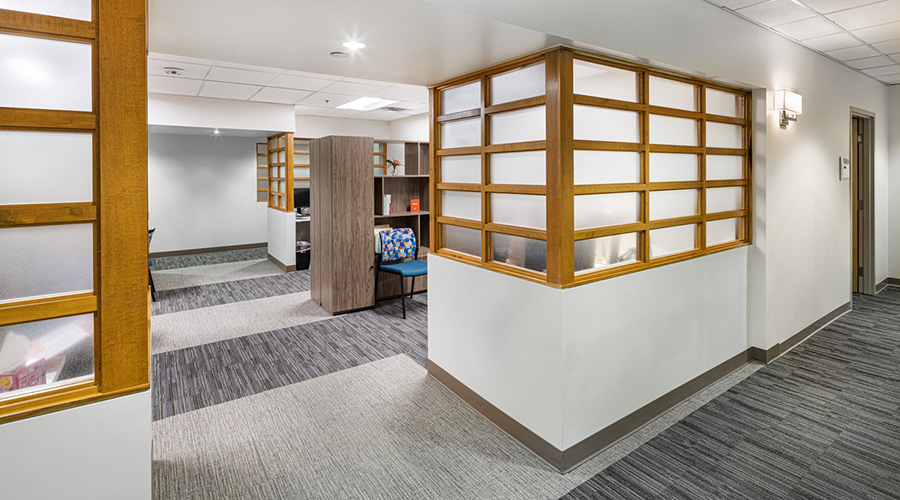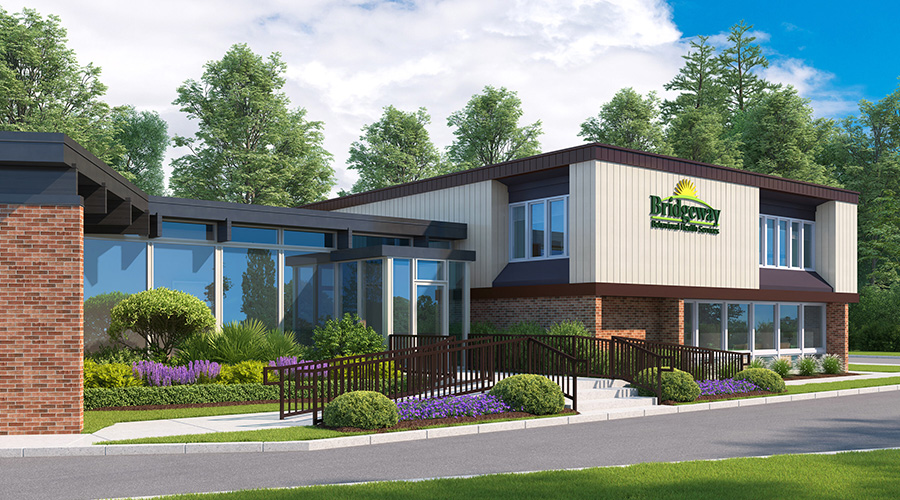As societal attitudes and behavioral healthcare treatment have evolved, the design of treatment centers has followed, according to an article in Healthcare Design magazine.
Today’s treatment centers are shedding their institutional look to support more welcoming environments, the article said. Two recent residential treatment centers reflect this evolving approach.
The Adolescent Treatment Center of Winnebago (ATCW) for United Hospital District in Winnebago, Minn., was designed to meet adolescent healthcare needs in a rural county south of Minneapolis.
Located within a quiet residential area, the LEED-certified, 19,450-square-foot, single-story building is clustered into three architectural components that house administrative offices, educational and group-treatment programs, and an overnight dormitory with sleeping rooms for 24 adolescents.
On another campus, Hazelden took a similar residential approach when expanding its Plymouth, Minn., site dedicated to addiction treatment services for adolescents and young adults ages 12 to 25. Located on a 15-acre campus near a residential area, a 49,000-square-foot expansion (completed fall 2012) and current renovation (slated for a spring 2014 completion) includes a new 32-bed unit for female patients to increase total male/female facility capacity from 75 to 107 beds, new indoor recreation space, redesigned admissions area, and designated space for family programs and mental health services.
Read the article and view the photo gallery.

 Joint Commission Standards: What Updates Matter Most?
Joint Commission Standards: What Updates Matter Most? Swinerton Completes Construction at Atlanta's Grady Hospital
Swinerton Completes Construction at Atlanta's Grady Hospital NY Governor Hochul Announces $300M in Funds for IT and Cybersecurity
NY Governor Hochul Announces $300M in Funds for IT and Cybersecurity Healthcare Is the New Retail
Healthcare Is the New Retail Bridgeway Behavioral Health Services Launches Campaign to Renovate Health Center
Bridgeway Behavioral Health Services Launches Campaign to Renovate Health Center